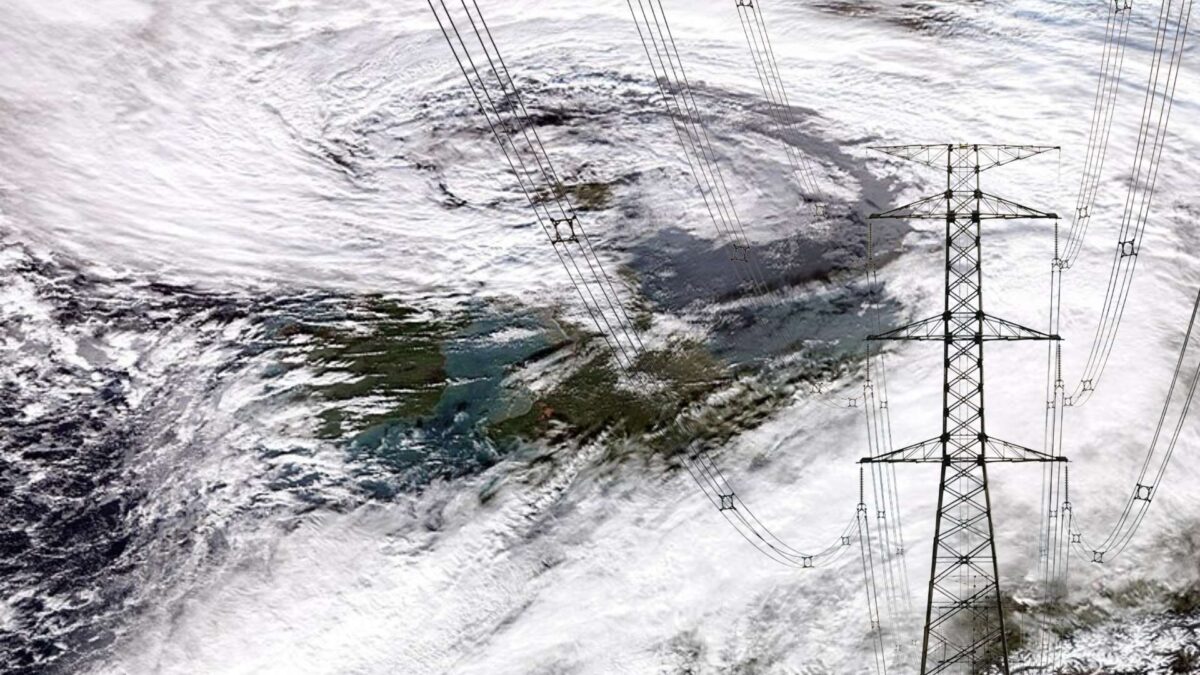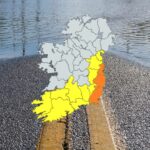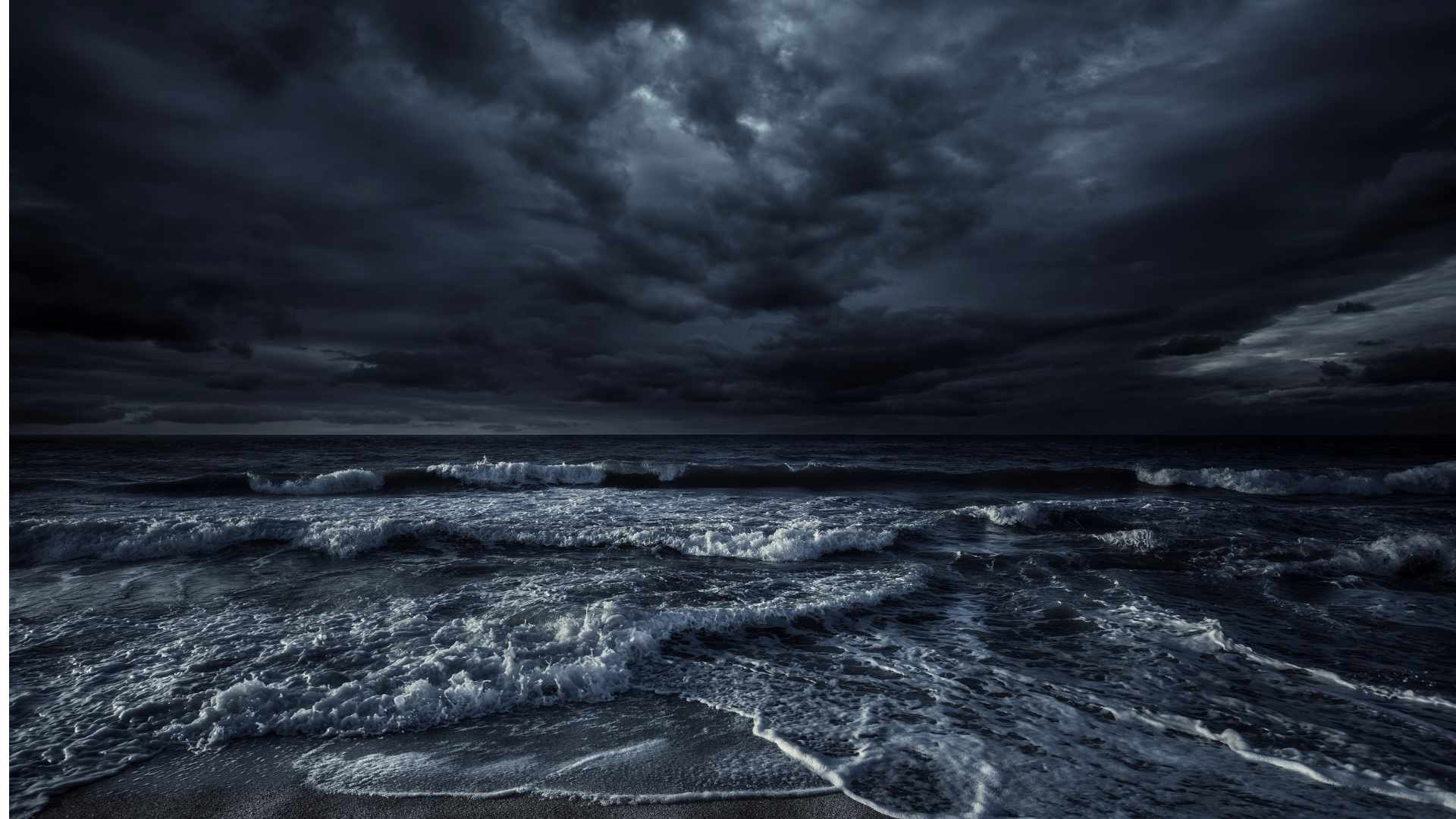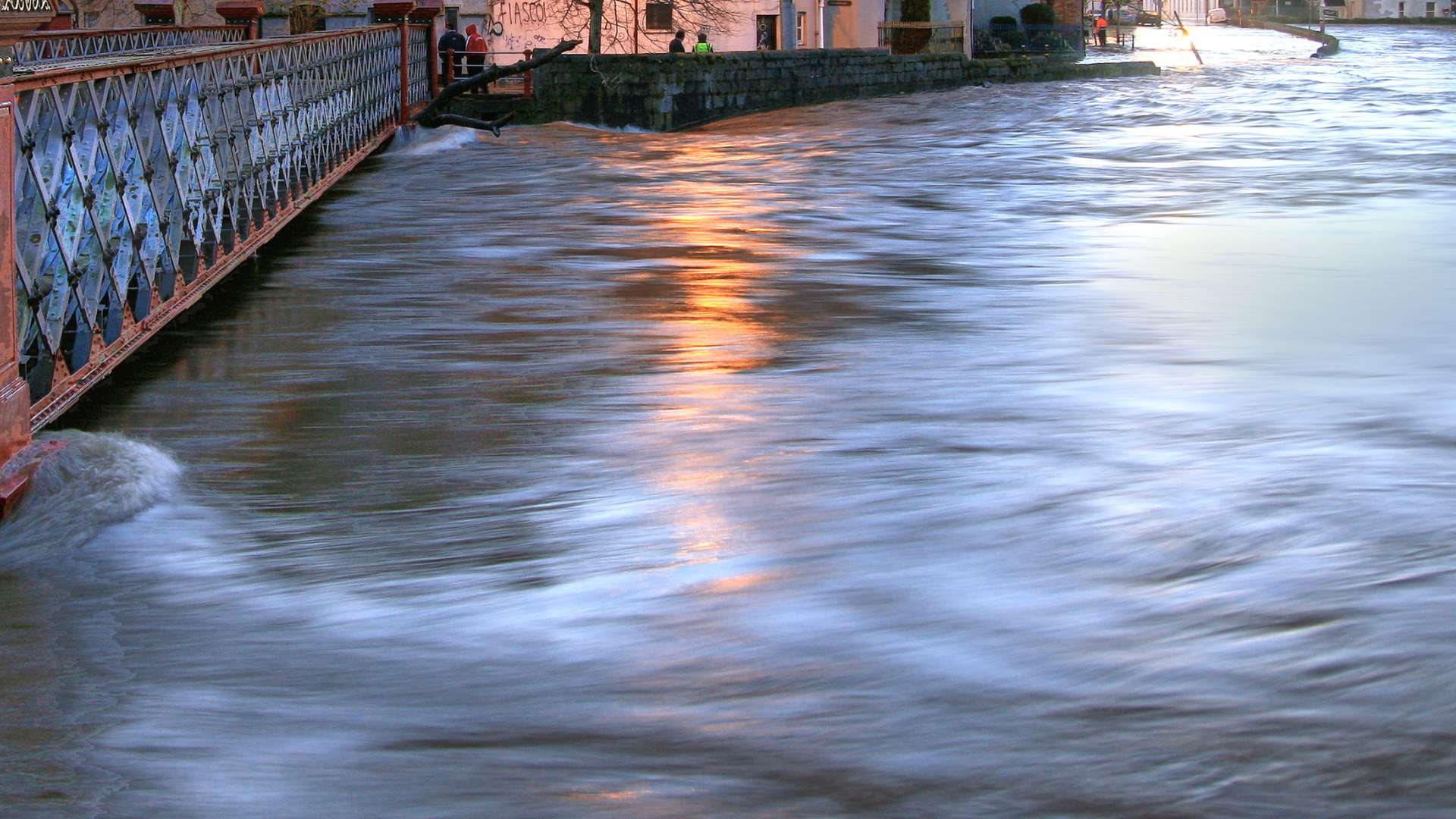
Ireland moves to shield networks from floods and storms

The Government has published its second Sectoral Adaptation Plan (SAP) for Communication Networks, setting out how Ireland will strengthen the resilience of its digital infrastructure against future storms.
The plan, prepared by the Department of Culture, Communications and Sport (DCCS), highlights the increasing vulnerability of broadband, mobile, and broadcast systems to extreme weather events, rising sea levels, and flooding.
Lessons from recent storms
Minister for Culture, Communications and Sport, Patrick O’Donovan, said the urgency of action was underscored by recent events, including Storm Babet in 2023, which caused severe flooding in Midleton, and Storm Éowyn in January 2025, which brought record-breaking winds of 184 km/h. More than one million telecom customers lost service during Éowyn, while the TETRA emergency radio system was also disrupted.
“These events brought significant damage to infrastructure and highlighted the vulnerability of communication networks when they are needed most,” Mr O’Donovan said in his foreword to the plan. “Resilience must be built into our systems today to protect society tomorrow.”
Risks identified
The plan draws on the National Climate Change Risk Assessment (NCCRA) published earlier this year by the Environmental Protection Agency, which identified 115 risks to Ireland from climate change, 43 of them significant. Among the most pressing are risks to energy and communications infrastructure from extreme winds, and to transport systems from coastal erosion and flooding.
Ireland’s communications sector, which includes fibre broadband, mobile networks, satellite services, and subsea cables, is heavily dependent on electricity supply. The plan warns that widespread power outages caused by storms or flooding could cripple communications, while overhead fibre and copper cables remain highly exposed to falling trees and debris.
Adaptation measures
The SAP outlines a series of adaptation goals, including:
- Strengthening resilience of overhead and roadside telecoms infrastructure.
- Improving access to sites for repair crews during extreme weather.
- Enhancing coordination between government, regulators, and industry partners.
- Embedding climate adaptation objectives into all new investment cycles.
The plan also stresses the importance of cross-sectoral cooperation, noting that failures in energy, transport, or forestry can cascade into communications outages.
National priority
Mr O’Donovan said the plan reflects Ireland’s commitment to safeguarding essential services and supporting businesses as the country transitions to a climate-resilient future.
“Our vision is that Ireland’s communication networks will be adapted to ensure they can continue to support a vibrant, safe and secure society and economy in the face of climate change,” the plan states.

Setback distances
Meanwhile, the Government will shortly bring forward new forestry legislation that will address the minimum setback distance for trees in the proximity of electricity and telecommunications infrastructure. More than 780,000 properties lost power due to Storm Éowyn, with many outages occurring due to trees falling on power lines.
The matter was raised in the Oireachtas Energy Committee this week by Clare Fine Gael TD Joe Cooney.








